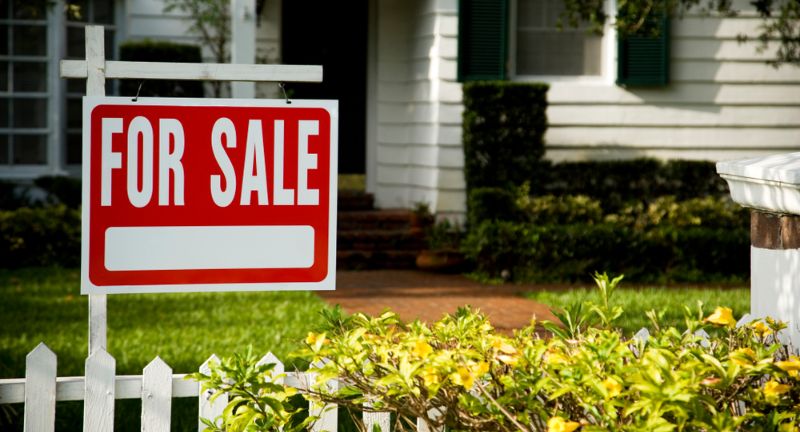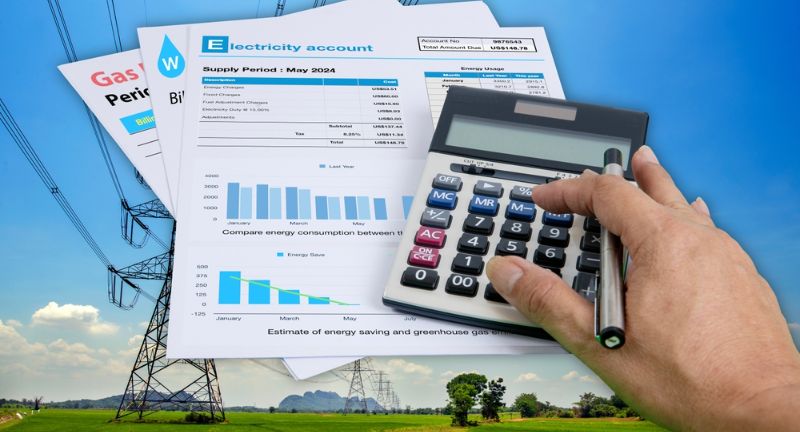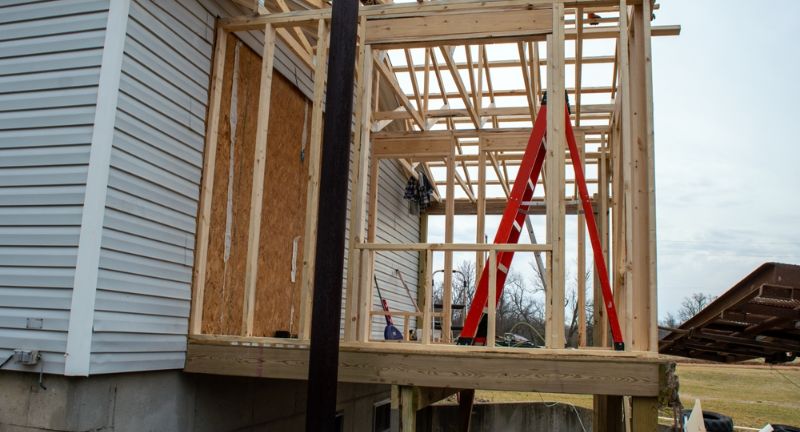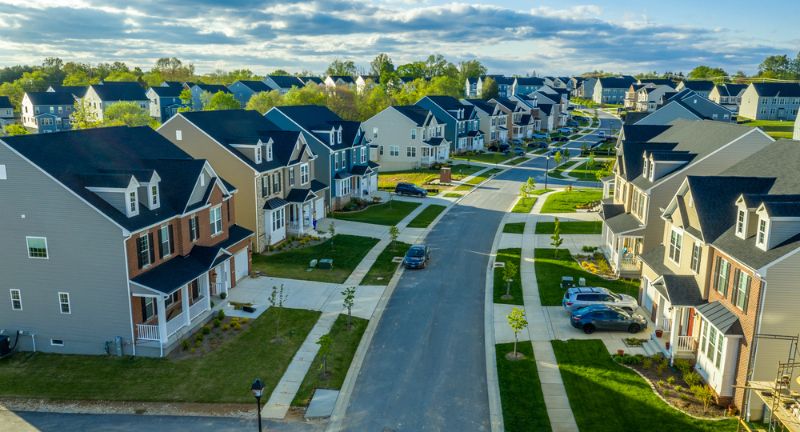NEWS
20 Things The Middle Class Won’t Be Able To Afford In The Next Decade
Published
2 months agoon
The rising cost of living continues to strain middle-class households across the country. As inflation, wages, and economic shifts evolve, many essentials and comforts are becoming harder to afford. Staying aware of these trends can help families plan their finances better and prepare for the future. Here are 20 things the middle class may find increasingly unaffordable in the next decade.
Homeownership

Shutterstock
Skyrocketing real estate prices and rising mortgage rates are making homeownership out of reach for many middle-class families. In major cities, the gap between wages and housing costs continues to widen. With limited inventory and increased competition, saving for a down payment has become more challenging. Homeownership may soon be a luxury rather than a standard goal.
Higher Education

Shutterstock
The rising cost of college tuition has outpaced inflation for decades, leaving many middle-class families struggling to afford higher education. Student loan debt has become a significant burden for both parents and students. Without financial aid or scholarships, pursuing a college degree could become increasingly difficult. Planning early for education costs is essential for middle-class families.
Healthcare

Shutterstock
Healthcare costs, including premiums, copays, and medications, have been rising steadily. Middle-class families without employer-provided insurance often face staggering out-of-pocket costs. As medical technology advances and the population ages, expenses are likely to climb even higher. Preparing for healthcare costs will be critical in maintaining financial stability.
Childcare

Shutterstock
Childcare expenses have become one of the most significant costs for middle-class families. Quality daycare and preschool programs can take up a significant portion of household income. Rising demand and staffing shortages have driven costs even higher. Finding affordable childcare options is becoming increasingly difficult for working families.
Travel and Vacations

Shutterstock
Airfare, hotel rates, and overall travel expenses have surged, making vacations less accessible for many families. Rising fuel costs and supply chain disruptions have also contributed to increased travel expenses. For many, luxurious getaways may become a rare treat rather than a regular part of life. Exploring budget-friendly options may be necessary for middle-class travelers.
Retirement Savings

Shutterstock
The ability to retire comfortably is slipping away for many middle-class households. Rising living expenses and healthcare costs have made it harder to save adequately for retirement. Fewer pensions and employer-matched savings plans further strain financial futures. Proper planning and starting early are essential to secure a stress-free retirement.
Groceries and Essentials

Shutterstock
The cost of everyday groceries and essentials has steadily climbed due to supply chain issues and inflation. Rising prices for items like meat, dairy, and fresh produce have significantly impacted household budgets. Middle-class families are often forced to cut back on healthier options to save money. Bulk buying and discount stores are becoming essential strategies to manage rising food costs.
Car Ownership

Shutterstock
The rising costs of new and used vehicles, along with maintenance and insurance, are making car ownership increasingly difficult for the middle class. Supply chain disruptions and increased demand have inflated car prices dramatically. Financing costs due to higher interest rates add to the burden. More families may turn to public transportation or ride-sharing as an alternative.
Energy Bills

Shutterstock
Energy costs, including electricity and natural gas, are projected to rise due to inflation and increased demand. Middle-class families may face higher utility bills, particularly during extreme weather months. Investing in energy-efficient appliances and home insulation can help reduce these expenses. Smart budgeting will become essential to keep energy bills manageable.
Internet and Cable Services

Shutterstock
The cost of high-speed internet and cable packages continues to climb. With streaming services added to the mix, monthly bills for digital entertainment are becoming harder to manage. Many families are cutting the cord and switching to cheaper streaming alternatives. Exploring competitive service plans and bundling options can help reduce these costs.
Health Insurance Premiums

Shutterstock
Health insurance premiums are expected to continue rising, placing a greater strain on middle-class families. Many employers have shifted costs to employees, reducing coverage while increasing monthly payments. Exploring high-deductible plans or health savings accounts (HSAs) can help manage these rising expenses. Staying informed on policy changes is crucial.
Private School Tuition

Shutterstock
Private school tuition rates continue to rise, making it difficult for middle-class families to afford alternative education options. Even with scholarships and grants, many are finding it harder to cover tuition fees. Exploring public magnet schools or homeschooling alternatives could become necessary for some families. Advanced financial planning can help manage education costs.
Home Renovations and Repairs

Shutterstock
The cost of home improvements and repairs has surged due to supply chain issues and increased labor costs. Middle-class homeowners may struggle to afford major renovations or emergency repairs. Prioritizing preventive maintenance can help avoid larger expenses later. Exploring DIY projects and local grants can also reduce costs.
Fresh Produce

Shutterstock
The rising costs of fresh fruits and vegetables have made healthy eating more expensive. Supply chain disruptions and extreme weather patterns have contributed to these price increases. Middle-class families may need to rely more on frozen or canned options. Growing a home garden can also help cut costs while ensuring fresh produce availability.
Entertainment and Dining Out

Shutterstock
The cost of eating out and attending events has surged, making entertainment less accessible for middle-class families. Rising food prices, staffing shortages, and inflation have led to increased menu prices and event ticket costs. Budgeting for occasional outings and taking advantage of local free events can help balance the expense. Cooking at home and hosting gatherings are becoming more cost-effective.
Prescription Medications

Shutterstock
Prescription drug costs continue to rise, even for generic medications. Middle-class families with chronic health conditions may find it harder to afford necessary medications. Exploring mail-order options, generic alternatives, and patient assistance programs can help manage these costs. Staying informed on insurance coverage changes is essential.
Technology Upgrades

Shutterstock
Staying current with technology, such as smartphones, laptops, and home automation, has become increasingly expensive. With frequent model updates and rising production costs, upgrading devices is becoming a luxury for many families. Exploring refurbished models or delaying upgrades can help control expenses. Smart budgeting for essential technology ensures affordability.
Streaming Services and Subscriptions

Shutterstock
Streaming platforms and subscription services have multiplied, leading to higher monthly costs for families. With multiple services offering exclusive content, the total expense can become overwhelming. Cutting back on unused subscriptions and sharing family plans can help manage costs. Many families are opting for free streaming alternatives or rotating subscriptions.
Gasoline and Transportation Costs

Shutterstock
Fuel prices have remained volatile, putting strain on middle-class households that rely on personal vehicles. Rising fuel costs also impact public transportation prices, making commutes more expensive. Exploring fuel-efficient vehicles or carpooling options can help offset these expenses. Budgeting for fluctuating gas prices is essential for transportation planning.
Credit Card Debt

Shutterstock
With rising interest rates, carrying credit card debt has become more expensive for the middle class. Balancing monthly expenses while managing interest payments can strain household budgets. Paying off high-interest debt quickly or seeking lower-interest balance transfer options can help. Creating a budget that prioritizes debt reduction is crucial for financial health.
Conclusion

Shutterstock
The financial challenges facing the middle class are mounting as everyday costs continue to rise. From housing and healthcare to basic groceries, many essentials may become harder to afford in the coming decade. Being proactive, budgeting carefully, and seeking financial advice can help protect your household from these growing pressures. With smart planning, the middle class can still find ways to thrive despite these economic changes.
More From Local News X
-


21 Things The Middle Class Can No Longer Afford
-


Watch left side of screen. Kaboom vault blew on slauson…
-


21 Key Financial Things You Must Do Before Retirement
-


20 Reasons Retirees Are Disappointed When They Reach High Net…
-


Structure fire south of downtown Omaha
-


20 Things Boomers Spend Money On That Nobody Else Understands
-


25 Classic Movies That Are Worth Seeing At Least Once
-


20 Everyday Things People Think Are Safe, But Are Actually…
-


20 Great Cranberry Dishes for Every Occasion
-


21 Surprising Drawbacks of Wealth Most People Don’t Realize
-


Demonstration at intersection after elder from Golden Gate Park Senior…
-


Convicted Murderer Alex Murdaugh Loses Prison Phone Privileges After Speaking…
